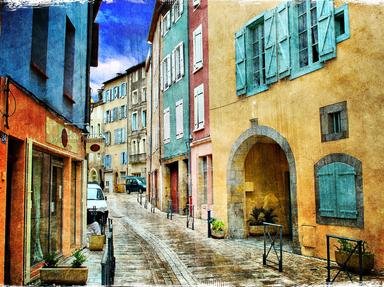Quiz Answer Key and Fun Facts
1. Which of these choices characterizes the most common and widespread form of Shield rock art?
2. Pictographs refer to a type of rock art that is created by applying a pigment to rock faces; these are sometimes referred to as "rock paintings." Which of these choices is the most common form of pigment used in creating pictographs within the Shield region?
3. The creation of pictographs is not done on a whim. The time, energy and resources expended in acquiring the materials, preparing the pigment and their subsequent application suggests that much thought had gone into their depictions. Which of these choices best characterizes the function or purpose of creating pictographs?
4. Rock art panels of the painted variety are almost always created in a manner that positions the images facing and directly above waterways. Which of these choices best describes the reason why they have been created in these locations?
5. Understanding that pictographs have been intentionally placed within the direct context of water surfaces, which of these choices represents the most likely way in which these paintings have been constructed?
6. Rock paintings of the Shield Rock Art Tradition have been shown to function in numerous ways and therefore depict thematic imagery relating to a variety of activities that range from the ideological to that of the utilitarian. Which of these choices best reflects who the author or artist may be?
7. Some of the rock art panels found in the Shield show a remarkable level of detail and stylistic embellishment; which of these tools or applicators was the most commonly used for painting the images?
8. How significant are these rock art images in terms of continual cultural use, function and importance?
9. If you encounter a rock art panel while travelling through the Shield region, what is the best course of action?
10. In regards to the subject matter of the depicted figures that comprise a painted panel, which of these choices represents the most commonly depicted (represented) figure found in rock art across the Shield region?
Source: Author
wendiggler
This quiz was reviewed by FunTrivia editor
CellarDoor before going online.
Any errors found in FunTrivia content are routinely corrected through our feedback system.
